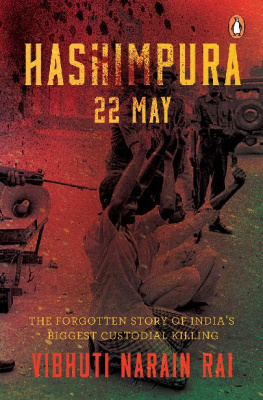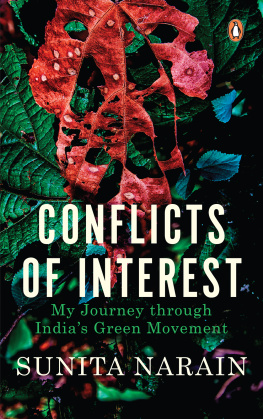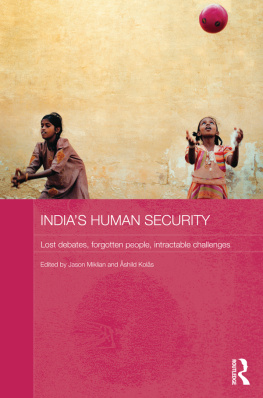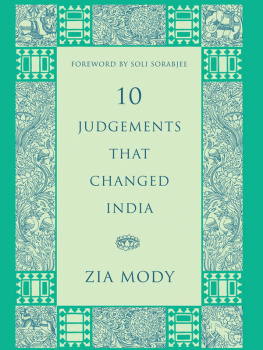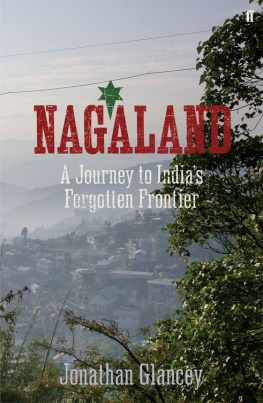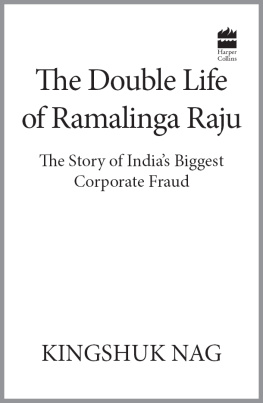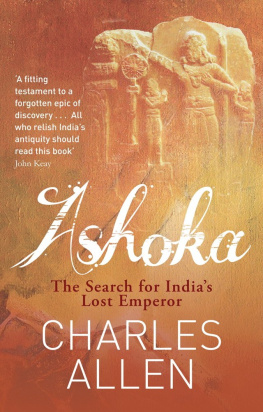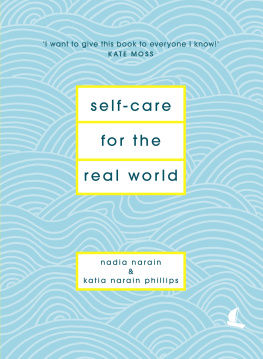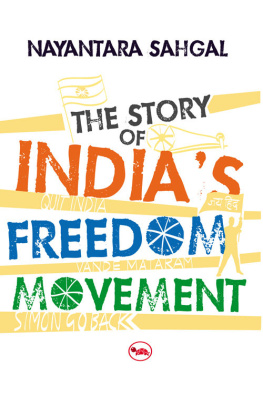VIBHUTI NARAIN RAI
HASHIMPURA 22 MAY
The Forgotten story of Indias Biggest Custodial Killing
Translated from the Hindi by Darshan Desai
Contents
PENGUIN BOOKS
HASHIMPURA 22 MAY
Vibhuti Narain Rai joined the Indian Police Service in 1975. He served the force for thirty-six years and was awarded the Indian Police Medal for Meritorious Services and the Presidents Police Medal for Distinguished Services. He was posted as senior superintendent of police and inspector general of police in many communally sensitive areas of Uttar Pradesh, including Ghaziabad district, where the Hashimpura massacre occurred. He was also the vice chancellor of a central university for five years. An activist on issues related to communal violence, Rai tries to understand the relationship between the state and minorities. An eminent novelist, Rai edits Vartman Sahitya , a Hindi literary magazine.
Darshan Desai, former resident editor of the Indian Express , Lucknow, is now editor of the Development News Network.
BY THE SAME AUTHOR
Curfew in the City
A bullet can snuff out a man,
but not a life.
When Iqbal fell, Uzma arose.
Dedicated to Jaibunnisas daughter, Uzma, who opened her little eyes to the world when her father, Iqbal, was hit by an assassins bullet.
Preface
T ime heals, indeed, but sometimes it drags some dark nightmares from the recesses of our past into the present; nightmares whose repercussions are felt in the future too. Still weighing heavy on my conscience is that horrifying night of 22 May in the humid summer of 1987. And the subsequent days, similarly, are etched in my memory like as if on stoneit was something that overpowered the cop in me. The Hashimpura experience continues to torment me.
Searching for those who had survived among the blood-soaked bodies strewn around the canal and between ravines near Makanpur village on the DelhiGhaziabad border in the pitch dark, on the night of 22 May, armed only with a dim torchlight, while ensuring that we didnt trample upon the bodieseach scene still streams through my mind like a horror film. It was around 10.30 at night when I heard about the incident. At first, I could not believe it. It was not until I reached the Hindon canal in Makanpur village, along with the district magistrate and other officials, that I realized had become a witness to secular Indias most shameful and horrendous incident. I was the superintendent of police, Ghaziabad district, and personnel from Provincial Armed Constabulary (PAC) had rounded up dozens of Muslims from riot-torn Meerut and had killed them in cold blood in my area of jurisdiction. One of the survivors of this horror was Babudin; he was the first survivor we found and he helped us put together the details of the incident. It was through him that we learnt about similar killings near another water canal that was just forty minutes away. This was the Gang canal that traversed through Muradnagar.
Between 22 May 1987 and 21 March 2015, when the verdict on the crime came, it would seem that Indian society had undergone a sea of change. The changes that have taken place in the political, economic and social spheres have metamorphosed the social milieu of the country. But the fact that the case dragged on endlessly in the courts actually serves as a grim reminder that nothing has really changed.
The relation between the Indian state and the minorities is almost the same now as it was then in 1987 or even earlier, in the 1950s and the 1960s. The same absence of trust, the same hatred, the same prejudices, the same notions, and the same requirement and attempt to prove their Indian-ness. Nothing has changed. It is as if the more things change, the more they remain the same. Or perhaps, worsen.
Just a few days after the Hashimpura massacre, I decided to write about it and bring its details out to the open. I began by recording the tales of those who committed the atrocity in order to make sense of their psycheI wanted to understand how they could pull the trigger on fellow human beings. The victims had no idea what they had done to deserve such a brutal death.
It took me nearly five to six years to realize that my belief that the killers would receive exemplary punishment for such a heinous act would remain just thata mere belief. As time flew by, it became evident that the Indian state was just not interested in penalizing the guilty. All the stakeholders of the state kept playing hide but not seek with their responsibilities and many shielded themselves behind criminal negligence. And it worked for them.
It was in 1992 when I finally decided to write this book. By then, I was transferred to a distant place on deputation, with Lucknow and Meerut far beyond my reach. My writing began at a slow pace because of my busy schedule, but when the National Police Academy, Hyderabad, granted me a research fellowship in 1994, my prospects brightened. My subject was related to the image of the police among Hindus and Muslims during communal riots, and I deliberately chose this topic in order to work on the book; it also provided me with a year-long relief from regular routine. With the help of friends who were working in the Criminal Investigation Department (CID) and PAC, I was able to access a lot of documents, which even a professional journalist would not be able to obtain. Thanking those friends by naming them here might cause some trouble for them, but, without revealing their identity, I would like to thank them.
The more I immersed myself in those documents, the more determined I became to write this book. These documents were chilling evidence of the criminal connivance of the Indian state in the countrys biggest custodial killing after Independence. And I was poised to pen this shocking story.
When I eventually got down to writing this book, I discovered how difficult it was to capture the pain and the wails of the victims and their families. I had never faced a challenge like this before. I am essentially a fiction writer and at times I draw certain characters from real-life experiences, but once these characters are entrapped in my plot, I own them. I keep tweaking and twisting them according to my line of thought. In some cases, people I have encountered and who have made an impression on me have turned into anti-heroes or villains in my books. But I could not do the same with the characters in Hashimpura. In fact, I submitted myself to them. They would walk, sleep and live with me through the course of my writing and would not allow me any liberties with them. The monstrosity of the incident was so overwhelming that it laid a virtual siege on me and I was often left scrounging for the right words. I was so depleted of energy that it slowed me down like never beforeat times I couldnt even wrap up a small chapter in one sitting. By the time I found the right words, the ghosts of the dead would overpower me. How could I bind together words that expressed the predicament of Jaibunnisa who delivered a beautiful baby girl on 22 May 1987, just around the time her husband succumbed to a rain of bullets at the Gang canal?
Often, I would postpone writing for weeks and months on end and, at one point in time, I even threw my hands up in despair. Enough, I told myself. But it was easier said than done. I could feel the living and the dead of Hashimpura breathe down my neck and realized that the writer in me would never attain nirvana if I left their story untold. Or worse, half-told.



